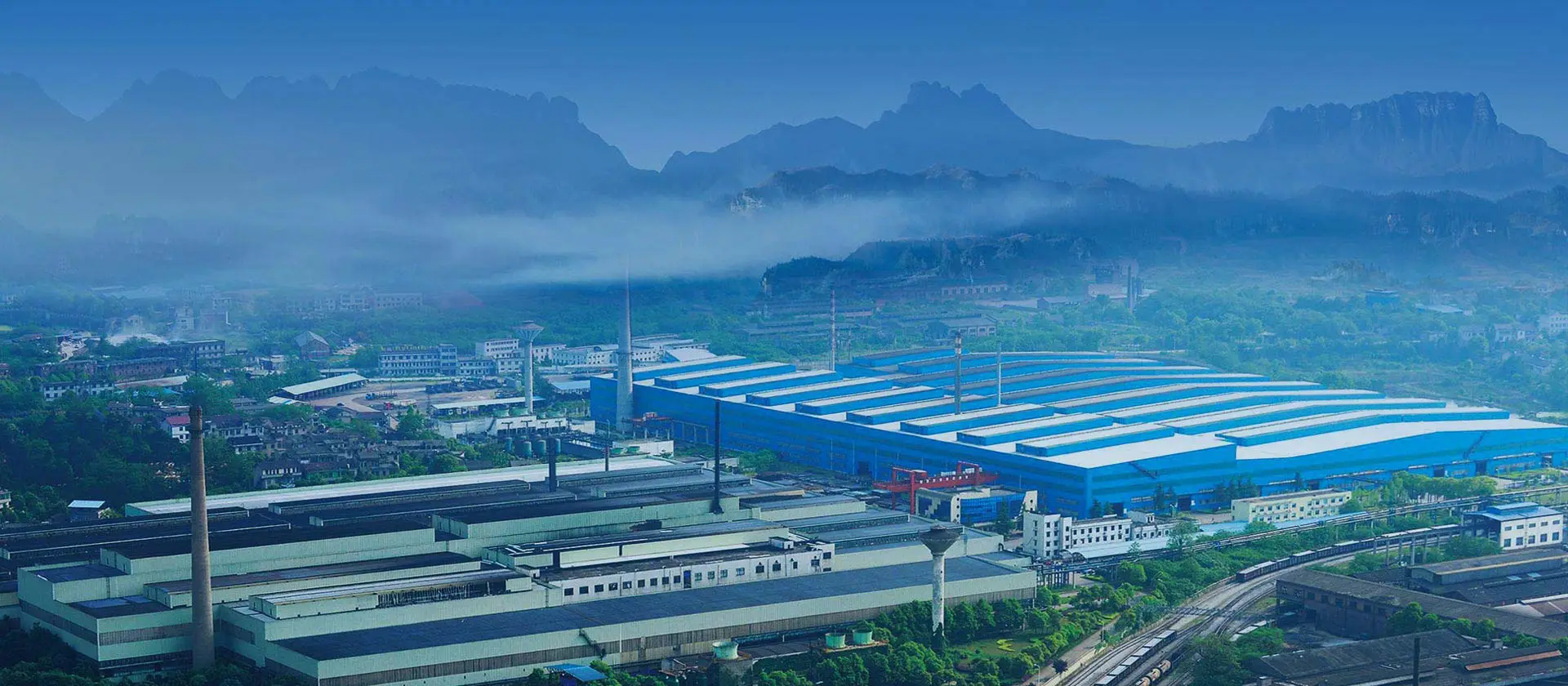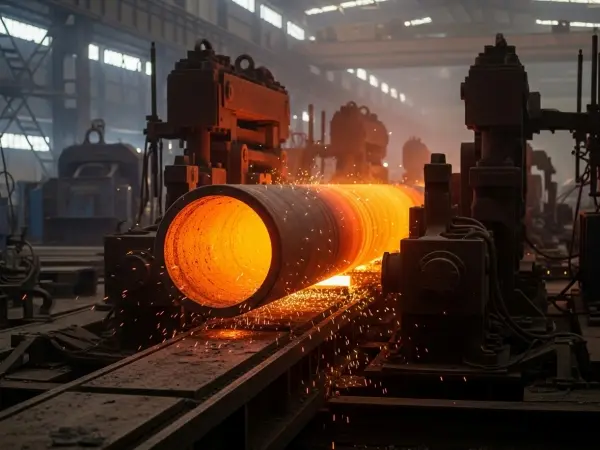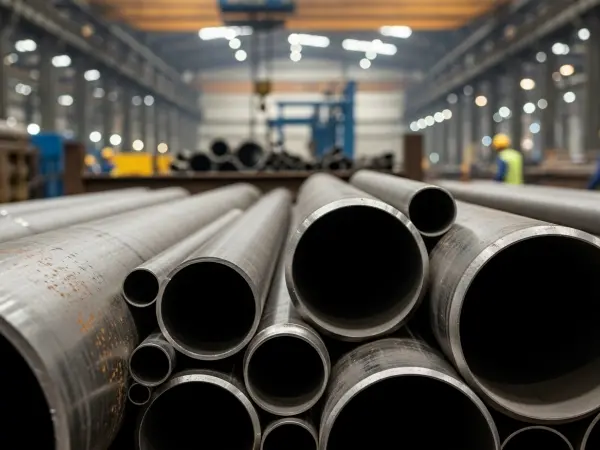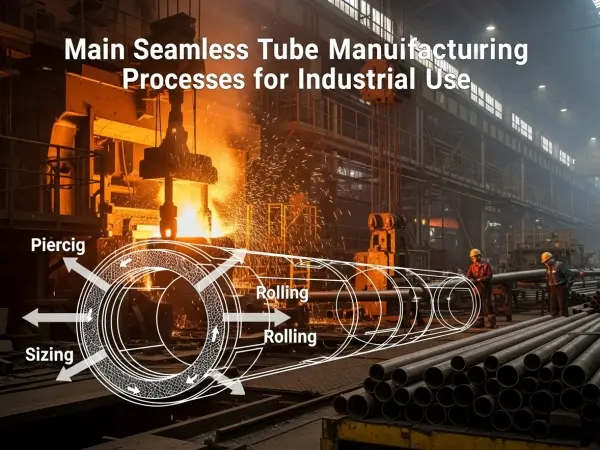
In modern industrial systems, precision seamless steel pipes play a critical role in ensuring the reliability, efficiency, and safety of hydraulic and pneumatic applications. These systems demand components that can withstand high internal pressure, provide tight dimensional tolerances, and ensure smooth fluid or air flow. Unlike ordinary seamless pipes, precision seamless steel pipes are manufactured through advanced cold drawing or cold rolling processes, resulting in superior surface finish, mechanical strength, and accuracy.
A precision seamless steel pipe is typically produced using high-quality carbon steel or alloy steel grades such as ST52, E235, or SAE1020. The key features that make these pipes suitable for hydraulic and pneumatic systems include:
· High Dimensional Accuracy:
The outer and inner diameter tolerances can be controlled within ±0.05 mm, ensuring a perfect fit in hydraulic cylinders and pneumatic actuators.
· Smooth Inner Surface:
The cold drawing and honing processes result in a mirror-like internal finish (Ra ≤ 0.2 μm), which minimizes friction and wear on seals and pistons.
· Superior Mechanical Properties:
After heat treatment (normalizing or stress relieving), the pipes exhibit excellent yield strength, elongation, and impact resistance.
· Tight Straightness and Roundness:
Precision tubes maintain straightness tolerance up to 1 mm per meter and roundness within 0.5%, which is essential for smooth linear motion.
Hydraulic systems operate under high pressure and require precise components to ensure energy transmission efficiency. Precision seamless steel pipes are commonly used in the following hydraulic applications:
These pipes are used as cylinder barrels for hydraulic actuators. The honed inner surface ensures low friction and prevents oil leakage, while the uniform wall thickness maintains consistent pressure distribution.
The pipes are used for oil delivery lines, pressure lines, and return lines in heavy machinery such as excavators, injection molding machines, and lifting equipment. Their high pressure-bearing capacity (up to 400 bar) guarantees safety and reliability.
Thanks to their dimensional precision, these tubes can be easily machined into fittings, sleeves, or connectors without further finishing.
Although pneumatic systems typically operate at lower pressures than hydraulic ones, they require components with excellent sealing performance and smooth airflow. Precision seamless steel tubes are ideal for:
Used as barrel tubes for air cylinders, they ensure consistent motion, minimal friction, and long seal life.
The clean internal surface reduces pressure loss and prevents particle buildup, improving system efficiency.
The pipes are used to manufacture precision valve bodies and air distribution blocks where dimensional accuracy is critical.
The most common material standards for precision seamless steel pipes include:
· EN 10305-1 (E235, E355)
· DIN 2391 (ST35, ST52)
· ASTM A519 (AISI 1020, 1045)
· GB/T 3639 (20#, 45#)
Each standard defines mechanical properties, surface roughness, and dimensional tolerances, ensuring interchangeability and performance consistency.
To guarantee performance in hydraulic and pneumatic systems, manufacturers apply rigorous testing procedures, such as:
· Eddy current and ultrasonic testing for internal defects
· Hydrostatic pressure testing for leak resistance
· Dimensional inspection with precision gauges
· Surface roughness measurement (Ra value)
These processes ensure every precision tube meets the stringent quality demands of modern automation and mechanical systems.
In both hydraulic and pneumatic systems, the precision seamless steel pipe is an essential component that determines overall system efficiency and durability. Its exceptional dimensional control, smooth inner surface, and mechanical strength make it ideal for high-performance industrial applications. As automation and energy efficiency requirements continue to rise, the demand for high-quality precision steel tubing will only grow—driving further innovation in materials and manufacturing technology.


